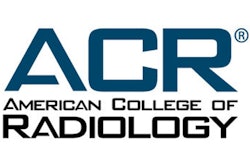Managing acute stroke is a time-sensitive affair, and one of the most common ways to diagnose it is through CT. Acquiring CT scans and having them ready for interpretation in PACS is a multistep process that can improve patient outcomes the more effectively it is performed, according to researchers from the University of Wisconsin-Madison.
"We were interested in understanding how to speed up CT imaging and image interpretation in the setting of acute stroke," Christina Brunnquell, PhD, told AuntMinnie.com. "We wanted to see if we could extract meaningful information about workflow and take action to improve efficiency."
The researchers extracted time stamps from 636 acute stroke CT exams in PACS at a single institution and sorted the data by scanner location, time of day, and technologist. The resulting information allowed them to "objectively and quantitatively measure the impact of protocol changes and workflow decisions after clinical implementation," Brunnquell said.
For example, they discovered that it took significantly longer (p < 0.001) for CT scans to be available for interpretation when they were performed on the backup scanner instead of the dedicated emergency department CT scanner, despite similar acquisition times. In addition, CT images were available in PACS significantly sooner (p < 0.01) during the night shift than during the day, despite longer acquisition time.
"Imaging analytics ... have great potential for providing insight into clinical workflow in an objective and quantitative way," Brunnquell said.



















